How to save your manicure from split cuticles and dry hands, according to pros
Make your manicure last longer with these dermatologist and manicurist-approved tips for dealing with dry hands and splitting cuticles.
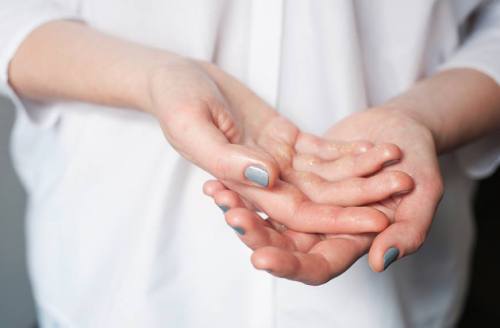
This winter, the weather has been all over the place. It’s freezing! Wait, it’s warm! It’s snowing! Nevermind, 70-degree days are afoot. Between unpredictable outside temperatures, frequent hand washing to avoid the flu, and the cold snaps that send people running into blasting indoor heat, women’s hands have been through it and, as a result, so have their manicures.
Needlessly assaulted nails aside, winter dry hands and split cuticles can be really painful. How to get relief? I went to the experts for some professional tips on how to save your hands and keep your mani unmangled in anticipation of spring’s arrival.
Keep scrolling for pro tips on how to keep your hands in top shape until spring.

Know the cause
“Dry cold air is the main cause of dry hands in the winter,” explains Ellen Marmur, MD, a New York City dermatologist. “The key is the humidity levels. Warm air holds more moisture, cold air has less. Also, the type of indoor heating matters too. Steam heat provides moisture, while electric heating is dry.”
Add hydration everywhere
Dr. Marmur suggests humidifying your living, sleeping, and working spaces with clean, humidified air. This means introducing a humidifier into areas where you can add one. She also suggests adding essential oil to the water in your humidifiers if possible, which won’t only smell lovely but could potentially have the ability to nix bacteria.
Shop Humidifiers
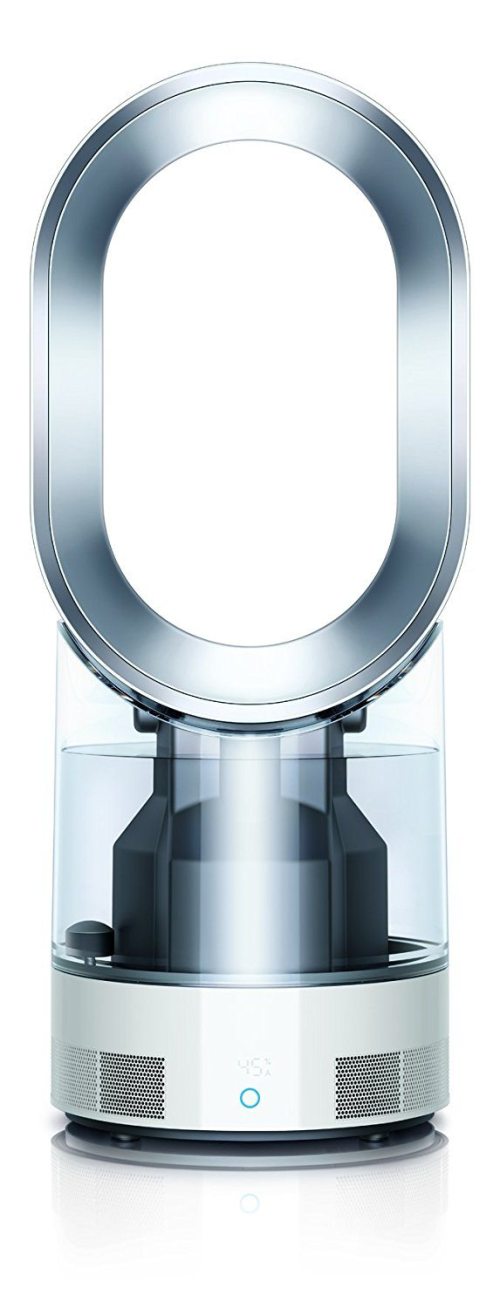
Dyson Humidifier $400

Crane Water Droplet Humidifier $40

Objecto H3 Hybrid Humidifier $40
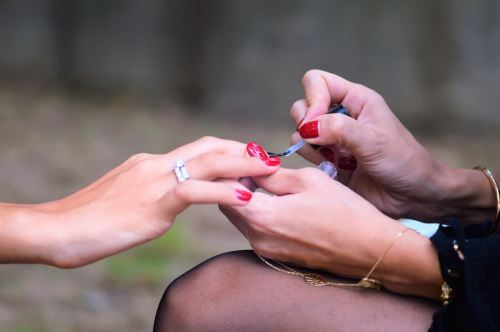
Don’t pick your cuticles; pick a good manicurist
You might know this, but your nerves don’t: Don’t pick at cuticles and hangnails. Leave the trimming and removal to a professional. “You hear it time and time again, but regular manicures with good attention to exfoliating dead skin and without over-trimming cuticles works,” explains Nina Werman, founder and brand director of Valley Nails in New York. “Regularly pushing back cuticles and removing dead skin not only discourages dryness, but it cleans up the appearance of the dry skin you inevitably have in winter.”
Relieve dry skin and seal in hydration
It’s time to triple down on moisturizers. If you’re experiencing dry, cracked hands, Dr. Marmur first advises using an anti-inflammatory cream like arnica or aloe to help heal the skin, then adding an anti-itch cream. Your final layer should be about preserving the moisture barrier with thicker oils or nut butters. “Simple moisturizing will make a marvelous difference,” she says. “People forget to do this, but I consider it self-care.”
Shop final-step balms and salves
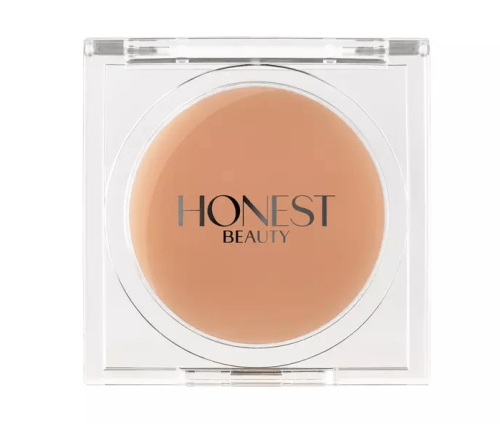
Honest Company Magic Balm $18

Baby Bum Monoi Coconut Balm $13
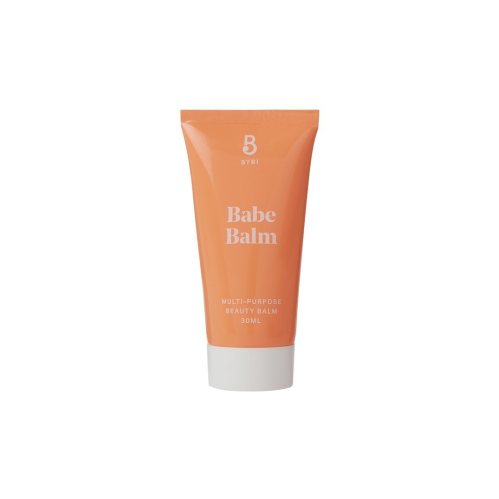
Bybi Babe Balm $23
Avoid drying chemicals, products, and practices
Werman is also religious about using gloves when she’s washing dishes, and both experts are passionate about avoiding harsh chemical nail products in favor of non-toxic, 7-free gel polish (in fact Valley Nails has a policy to avoid chemical agents in polishes and products wherever possible). Dr. Marmur advises using cleansing oils when washing your hands and avoiding alcohol-based sanitizers, which can majorly dry out your hands.
Know when to call a professional
If you try all of this and still can’t get relief, you might have a skin condition that needs to be addressed. “Eczema is a common skin condition where the skin simply cannot form a perfect surface barrier, thereby prone to losing precious lipids and moisture,” Dr. Marmur explains. “Also, autoimmune conditions, more common in women, also make the fingers and hands prone to dryness and irritation, like Raynaud’s and Lupus. When the irritation is severe, the skin cracks or splits and can bleed or become infected with a staph infection.” In other words, don’t be shy about heading to a dermatologist for relief ASAP.
Oh, by the way, here are some seriously awesome cuticle products and sparkly polishes to top things off.
Sign up for the Well+Good SHOP Newsletter
Get exclusive deals on wellness, beauty, fitness, and food products that have been hand-picked by our editors.
Got it, you've been added to our email list.










